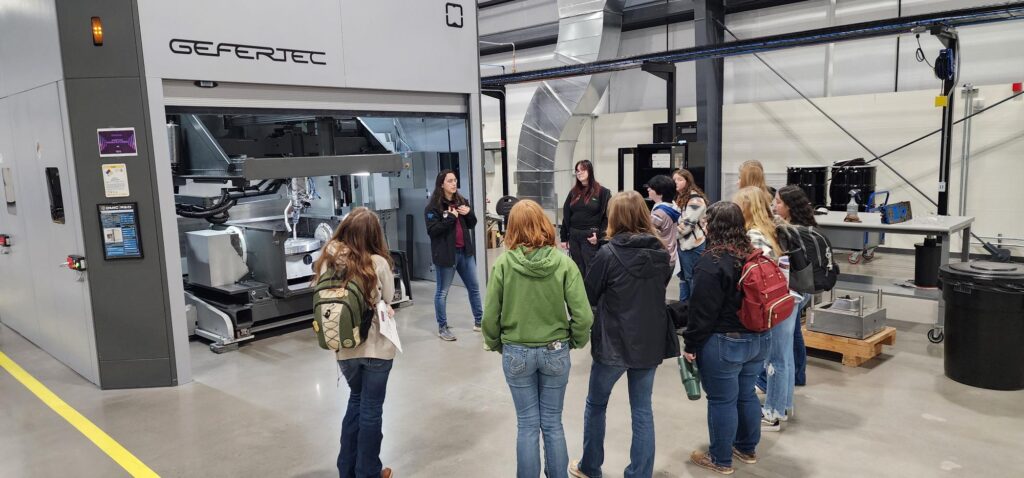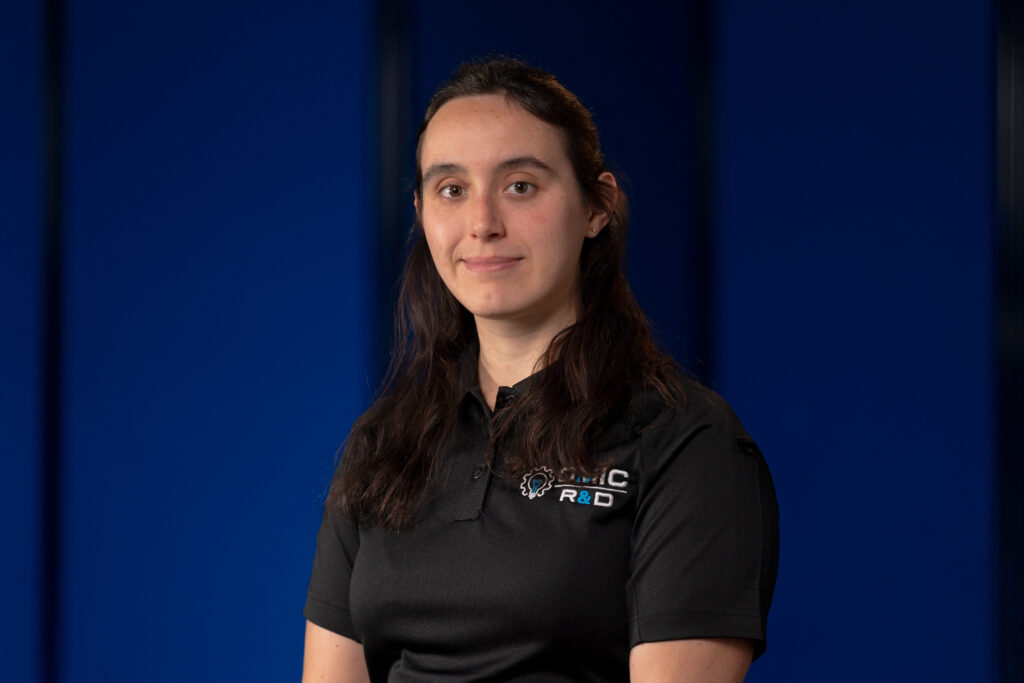
During Roadmapping this past year, I overheard the comment: “There are a lot of academic researchers here today. Academic research usually does not apply to [my industry]”. As a member of the OMIC R&D team who works with both academic and industry-specific research, this comment stood out to me. While there is certainly a difference between research in industry and academia, both are needed to expand the field of manufacturing.
Research within industry is usually focused on reducing production costs, increasing part quality or quantity, or responding to a change in an existing production process. This results in research projects which explore how to use readily available technology to improve a specific product. Meanwhile, research within academia is focused on general technological advances, such as creating new technology, materials, or manufacturing processes. The market-driven changes of industry are needed to continue to fund and develop new interest in manufacturing processes and advancements. The diversity of projects and depth of academic research is needed to discover ways to make manufacturing applicable to more industries and to generally advance how manufacturing is used.
One example of the relationship between academia and industry can be found in the diversity of projects completed at the OMIC R&D Additive Manufacturing center this past year. In one project, the team researched equipment, materials, and design changes needed to help a company include 3D printing in their manufacturing process. This resulted in the company saving over 50% on cost per part, in addition to reducing production and assembly time. In another project, Dr. Pasebani and her students have been using the Amazemet Metal Atomizer to create new metal powder alloys for 3D printing. By being designed for additive manufacturing, the resulting alloys will improve printing outcomes and reduce defects in final parts compared to traditionally used metals. While both projects benefit additive manufacturing, the industry project focuses on applying available technology to an existing product while the academic research focuses on creating new alloys and technology. Combining the strength and technology readiness levels of different kinds of research, OMIC R&D is unique as a research center by being on the forefront of industry needs while using the most recent academic advancements.
Events such as Roadmapping are an especially important part of the work that we complete here at OMIC R&D. Industry partners get an insider look into potential technologies that are being developed by our academic partners. Academic partners get guidance and new ideas so that their technology can better advance industry. Part of OMIC R&D’s quest to change industry is to “[develop] new ways to make use of existing technology and pave the way for industry to use new and emerging technologies”. The applicability of research between academia and industry expands beyond the projects themselves. They work together to expand manufacturing as a whole.

– Sierra Repp is an Associate MSR in Additive at OMIC R&D. She holds a B.S. in Mechanical Engineering from the University of Portland, where she actively contributed to research, hands-on learning, and student mentorship. Learn more about Sierra here!